The stories behind 10 photos that rocked Southeast Michigan
From The White Stripes to Iggy Pop, photographer Doug Coombe shares stories from three decades of shooting in an exhibit now on display at the Ann Arbor Art Center.
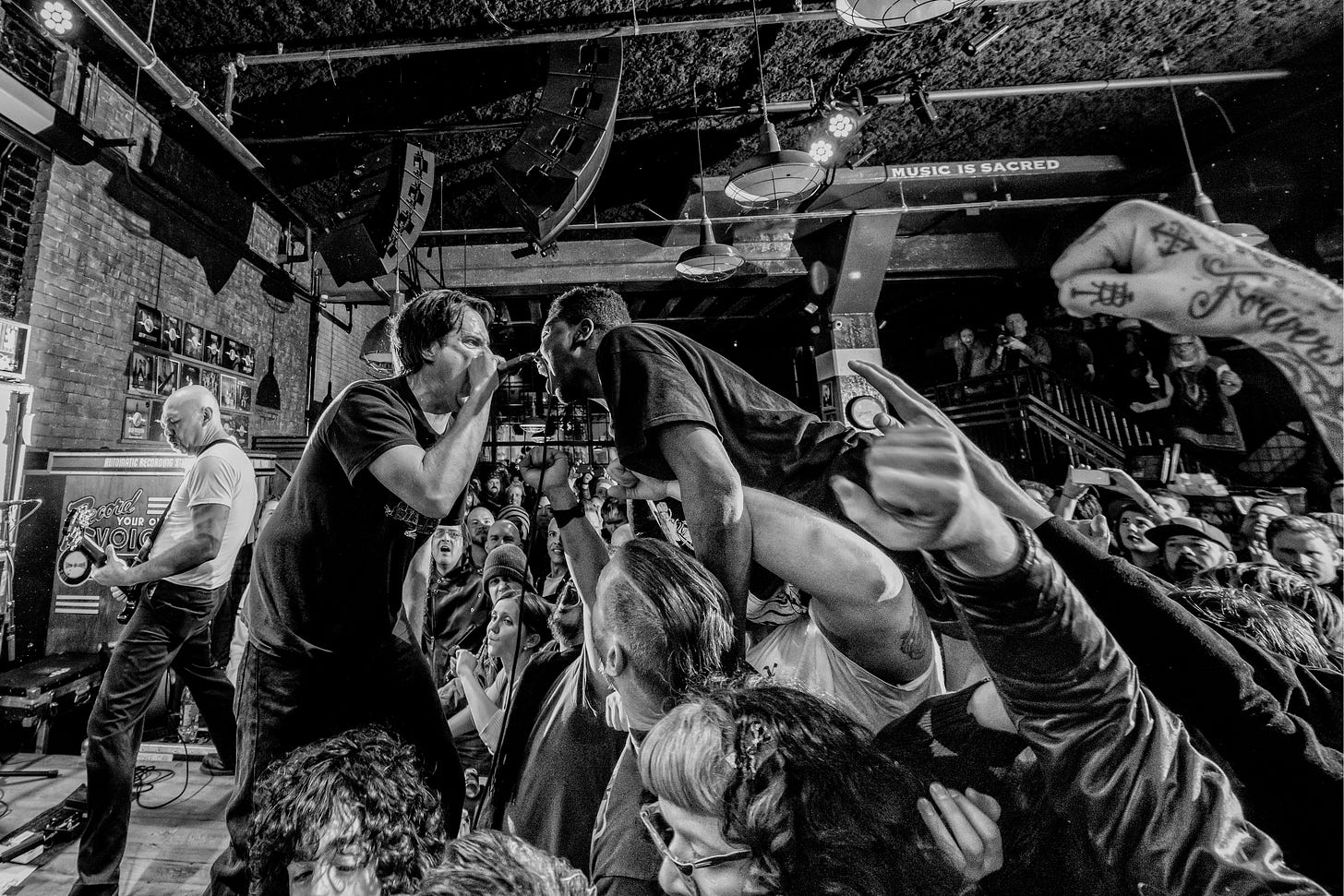
Although he was a recent grad of the University of Michigan while studying photography at Washtenaw Community College in the early 1990s, Doug Coombe gives a lot of credit to a band like Fugazi and The Jesus Lizard for opening his eyes to see the art of the mosh pit.
The former inspired a young Coombe with the singular image of Guy Picciotto balancing on his head during a live performance later made famous as the cover image on the band’s debut EP.
“Just the look of all their photos made me want to take photos,” Coombe recalls. “I just remember looking at that and thought, 'This breaks all the rules and is the coolest thing I've ever seen.' I want to do this.”
The latter had a more personal connection: Coombe’s sister married The Jesus Lizard drummer Mac McNeilly, which introduced Coombe to the world of photographing intense, visceral live music.
“Suddenly, here's this really crazy band with a mosh pit and all this energy that I can photograph a lot,” Coombe said. “I jokingly say Washtenaw (Community College) was my school, but also mosh pits at Jesus Lizard shows were my school.”
More than 30 years later, Coombe is hoping to school people on the stories behind some of his most memorable images as a mainstay Southeast Michigan photojournalist, with his work appearing in Detroit Metro Times, Maggot Brain, Rolling Stone, Spin, Pitchfork, The Wire and many more through the years.
The exhibit, Our Love Will Change the World, dives into Coombe’s three decades of documenting rock, techno, rap and everything in between, kicking off with an opening reception at 6 p.m. on Friday, Nov. 22 at the Ann Arbor Art Center, 117 W. Liberty, Ann Arbor. The exhibit is on display through Jan. 5, 2025.
Coombe’s exhibit captures a pre-famous Eminem at a rave, Jack and Meg White before they were on the cover of a Rolling Stone and a promo shot of Danny Brown that put him on the map as a music photographer.
It also sheds light on lesser known artists from Southeast Michigan who have had just as big of an impact in helping Detroit, Ann Arbor and Ypsilanti develop their own scene identities, Coombe said, speaking with deep admiration for bands like Big Chief, Laughing Hyenas and Outrageous Cherry, whose song title inspired the name of the exhibit.
"To me, I considered it all the same scene,” Coombe said. “We live in one of the greatest music cities or music areas in the world and I really want to celebrate this.”
Ultimately, Coombe is curating his three decades of photography for a book focused on the artists who have made Southeast Michigan’s music unique.
The book will pair Coombe’s images with the writing of his music journalist colleagues, he said, telling the stories behind the photos while highlighting the craft of those who have written about the region’s many scenes through the years.
Coombe was kind enough to share stories behind 10 of the photos featured in the exhibit with Radio Amor:
Larissa Strickland of Laughing Hyenas (1990)
When Coombe first began shooting indie rock shows as a student studying psychology at the University of Michigan, he was influenced by an art history class he took in Ann Arbor at the urging of his mother. He soon expressed his knowledge from the class when documenting legendary guitarist Larissa Strickland of Detroit Laughing Hyenas, who recently was named one of Rolling Stone’s 250 greatest guitarists of all time. The band remains among Coombe’s favorite of all time.
COOMBE: To me, when I look at that photo it is very like Italian futurism - it's very 'Nude Descending a Staircase,' I thought. I decided on this one camera because you could do multiple exposures on one frame of film. When I started out, I was shooting a lot of indie rock. I kind of wanted to try to capture the energy of that, and to me, Larissa was just a female icon in indie rock. She just sounded so powerful and intense, but she was also just beautiful, wearing thrift store dresses and inspired a lot of people, including Courtney Love.
Jeff Mills, State Theatre Detroit (2001)
When Coombe first started shooting techno and electronic music in Detroit, he took it as a challenge when he heard others complain that there wasn’t much to shooting a music genre that consisted of an individual working a deck. This photo of Jeff Mills, one of the most influential and prolific producers of Detroit techno’s second wave, was one of his successful experiments in shooting the genre.
COOMBE: Early on, I got hired to photograph a lot of techno in Detroit, which was great. One of the great privileges of being a music photographer is, yeah, you get to see all this live music and a lot of times, just when you see something, the light bulb goes off immediately. Back then, techno in Detroit was still somewhat underground, comparatively. And a lot of these great DJs and producers were very famous in Europe, but it was kind of underground in Detroit.
This show was great because Jeff didn't perform a lot in Detroit, and yet, basically everybody from the scene was there. This shot was a challenge for me, because a lot of what I was photographing techno-wise back then was in small clubs or raves in warehouses where I would just walk up to the turntable with a handheld flash and just take shots. This was up on a stage, so (I wanted) to try to capture the energy of what he was doing on film from further away as multiple exposures on a single frame of film - just kind of trying to capture the energy of his music.
Danny Brown (2007)
Coombe knew legendary Detroit rapper Danny Brown before he earned that status. His first introduction to Brown came for a column he had with the Detroit Metro Times documenting the less than luxurious cribs of Brown’s grandmother and uncle in Detroit, where he crashed on their respective couches. Coombe recalls Brown’s uncle being a scrapper, giving the shoot a “Sanford & Son vibe,” Coombe recalls. For a 2007 Metro Times cover shoot, Coombe delivered an image of Brown many first associate with the artist today, helping advance his own career in the process.
COOMBE: That was the one I voted to be a Metro Times cover. They used another one. At that point in time, Danny didn't have any money, so I just gave it to him as a promo photo. And that ran everywhere - it was in the New York Times, it was in The Guardian, and then I got a lot of jobs off of that. It wasn't like a calculated thing. It was more just 'I think you're really cool, here's a photo.'
We spent two hours on that shoot, because I just really wanted something cool. This was a cover and I really loved him, and I actually got a contact high because he was smoking (so much on the set). … For me, my main motivation was just something really cool and eye-popping to hopefully get eyes on the story.
Mick Collins of The Dirtbombs at Lager House (2002)
Some artists just have that it factor. Mick Collins, the legendary frontman of The Gories and The Dirtbombs, is one of those individuals, Coombe recalled.
COOMBE: Mick just had such a swagger and an attitude and also a sound. Back then, as you can tell, he's playing a very beat up, cheap, vintage guitar where maybe the intonation wasn't quite right. Sometimes he'd play notes and things would just be a little off, because the guitar was a little off. It just had a vibe and just sounded so great. He just has such a unique take on music, but is also just such a passionate music nerd. Just his choices of covers was always really interesting. When he played The Blind Pig and I was working at Encore (Records) he'd frequently coming in and buy records and stuff like that.
This is at the Lager House and there's 100 or 200 people there. I could just kind of waltz right up with a handheld flash and start blasting him with photos, but Mick moved around. It was hard to take a bad photo of Mick. It was just more like trying to choose your favorite ones.
Negative Approach at Third Man Records (2016)
When Coombe would attend a Negative Approach show, there was a better chance of him losing his voice before the band’s legendary howler John Brannon, he joked. This shot, captured during a cathartic moment for Coombe, ended up in a collection of the Detroit Institute of Arts.
COOMBE: That photo means a lot to me. One, because I love John and Negative Approach so much. I love how in the shot, you can see in the rafters, it says 'music is sacred,' which I would agree with. Again, Third Man Records Cass Corridor is just a small venue that I love and want to cherish. Right before I took this photo, I went and saw my wife's grandfather for the last time at a hospice, and was very sad. And then you step into this mosh pit and you just feel so glad to be alive. I mean being at a Negative Approach show kind of makes you feel like a teenager again. I just felt so overjoyed to be alive.
Jack White of The White Stripes at the Gold Dollar (1999)
Coombe doesn’t like to boast much, but the photo above and another he shot of Jack White that will be on display in the exhibit currently take up an entire wall at Third Man Records’ Cass Corridor location. “Which, that just still blows my mind,: Coombe said. From his early days as a member of The Go and The Hentchmen to the origins of The White Stripes, few have documented White so thoroughly - particularly in the band’s formative years. This shot from a more lightly-attended show at the Gold Dollar lays out the blueprint for the band’s famed aesthetic.
COOMBE: The first time I saw Jack play was with The Go at a blowout. ... I just walked in as Jack was taking a solo and I was just like, 'Holy shit. Like, who is this guy?' He just had such a sound. It was really amazing.
There was always a very passionate crowd there (at early White Stripes shows), and people who knew the songs and were singing along, but I feel like that might have been an off night or something. I feel like there may be 75 or 100 people — It wasn't packed there that night. Even then, I love it, Jack and Meg were clearly thinking about presentation. They brought the American flag in there. There's that whole red and white vibe already thought out. Jack's kind of great vintage, red guitars all sit down there. Even though it's just a small local show, he was clearly thinking about presentation back then.
Saturday Looks Good to Me (2006)
Outside of rock and roll, Coombe also is an avid macro and abstract photographer of flowers. During a promotional shoot for Ypsilanti indie rock legend Fred Thomas and his band Saturday Looks Good to Me, he combined a couple of his loves for what has become one of his most eye-catching photos. Coombe credits Thomas — who has been associated with countless influential musical projects in Southeast Michigan — in coming up with the idea.
COOMBE: Fred, to me, is just one of these talents that really deserves to be on the next level. So many people have played in Fred's bands. Fred has played in so many people's bands. He has produced so many bands. The Ann Arbor/Ypsi scene for sure, and a lot the Detroit scene is like, at most, two degrees (separation from) Fred Thomas.
What I love about this photo is, sometimes I don't think I deserve much credit beyond just being there with a camera. What I do love about this photo is I think some friends of mine know me well enough that if they just throw this kind of ridiculous, silly idea out at me, I'll just be like, 'oh, yeah, let's do that.' This was all Fred's idea. He was like, 'I kind of want to do this photo shoot where I'm vomiting flowers.'
Iggy Pop at the Michigan Theater (2011)
One of the purest embodiments of rock and roll is Iggy Pop — even at 64 years old. That’s how old the punk rock progenitor and Ann Arbor legend was when he came out guns a blazin’ during a homecoming show that doubled as a memorial for late Stooges guitarist Ron Asheton in 2011 at the Michigan Theater in Ann Arbor.
COOMBE: It was just insane to be able to see Iggy and The Stooges in such a small theater. What I love is, this is the first shot I took. Iggy just came flying out on stage. Iggy was obviously amping up the crowd. There was security there at a lot of shows who would usually be telling people, 'Stay in your seats, don't do this, don't do that.' (Iggy) was basically, kind of announcing to the fans and to security, like ... we're basically going to have fun. I think it was the third or fourth song, everybody just got up on stage. Basically, Iggy was just like, this is going to be a party.
The Detroit Cobras at the Magic Stick (2007)
Another example of letting the artists do the heavy lifting came from a photo shoot for garage rockers The Detroit Cobras, where things immediately came into place.
COOMBE: This is another one where I don't really deserve a lot of credit, because they were very much just two mischievous sisters, and that's what I loved about them. You look at those photos — basically, I set up a light, pulled out the camera, and they were just like, rolling around on the floor, being goofballs and stuff like that. They were both just such sweethearts and just fun to be around and such an amazing band. When I look at that photo, like, how would you even begin to tell somebody to do that?
I feel like part of that is my mosh pit instinct where you just learn to kind of capture moments quickly, where it's like, just get a shot, you know. Don't worry if it's framed perfectly or whatever, because something crazy is happening right now.
His Name is Alive (2024)
One of the best pieces of advice Coombe continues to go back to in shooting comes from his former Washtenaw Community College professor Terry Abrams: If you have even one good shot from a roll of film, remember it and take something away from it. It has guided Coombe to shoot more abstact photos like this one of His Name is Alive frontman Warren Defever he took this fall at El Club in Detroit.
COOMBE: I think the one thing that's exciting for me as someone who's been doing this for a long time was I really love where cameras are at now. Initially I shot film, but then I had a hookup for a long time with a friend who was doing all my processing, and he stopped working at a photo lab. So, I switched to digital early, and a lot of the digital cameras were just terrible. It really wasn't until maybe 2015 or 2016 where I finally felt like cameras were starting to get good. I think mirrorless cameras are just fantastic, but also, Adobe products have really gotten better, where you can shoot really low light and kind of push the camera in ways that you couldn't before. It's helpful in one way - I don't have to use flash as much, which I feel like sometimes can be distracting.
But also, I just have fun kind of abstracting photos. This just represents how I love kind of taking chances with photos and they don't always turn out. This is a long exposure where I just kind of panned the camera as I took it. I just love the element of chance in photography, whether it's just capturing a performer doing something wild and hoping you caught it, but then also just doing crazy, abstract things with cameras. When they work out, I really love it.




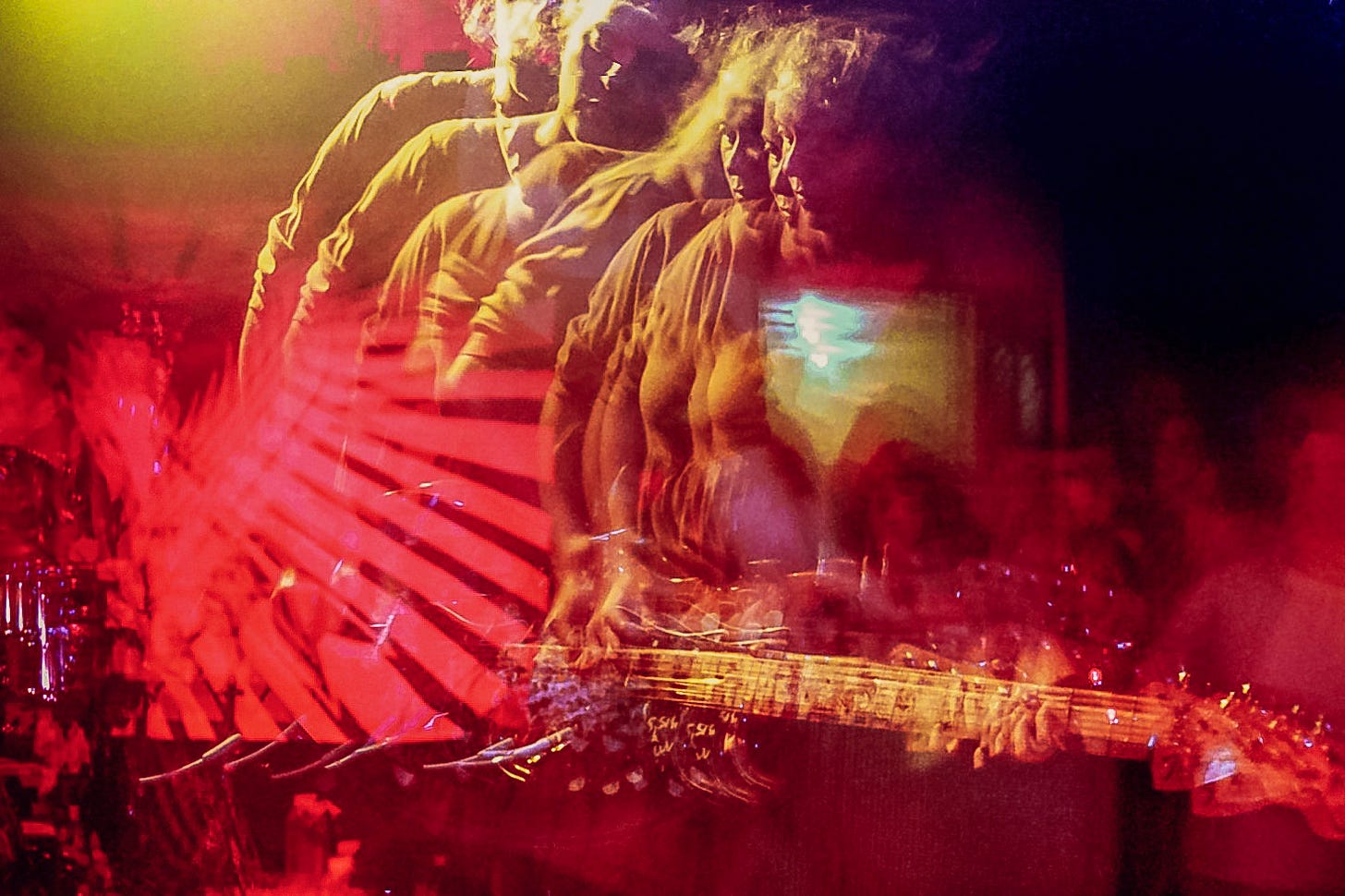

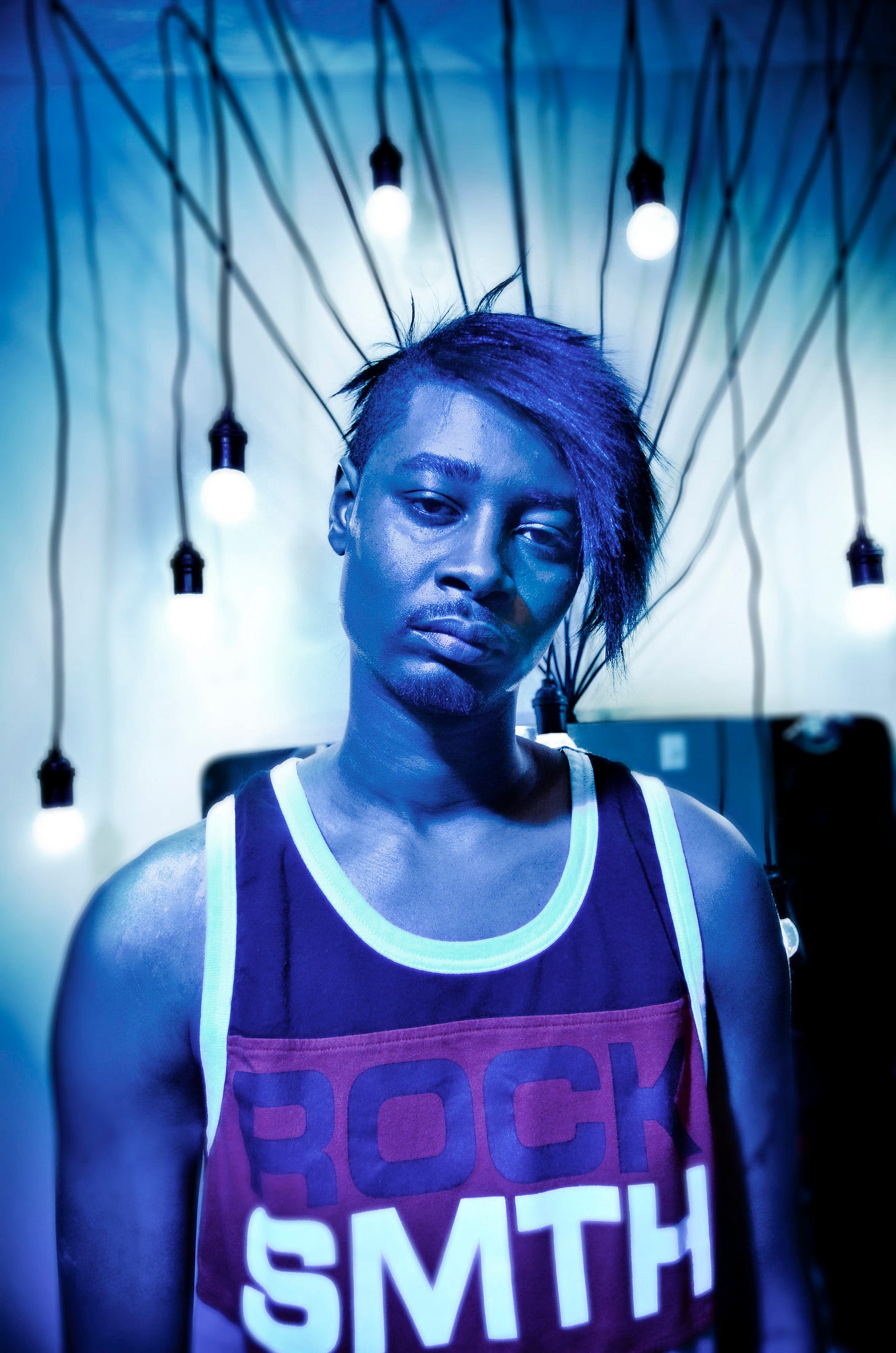
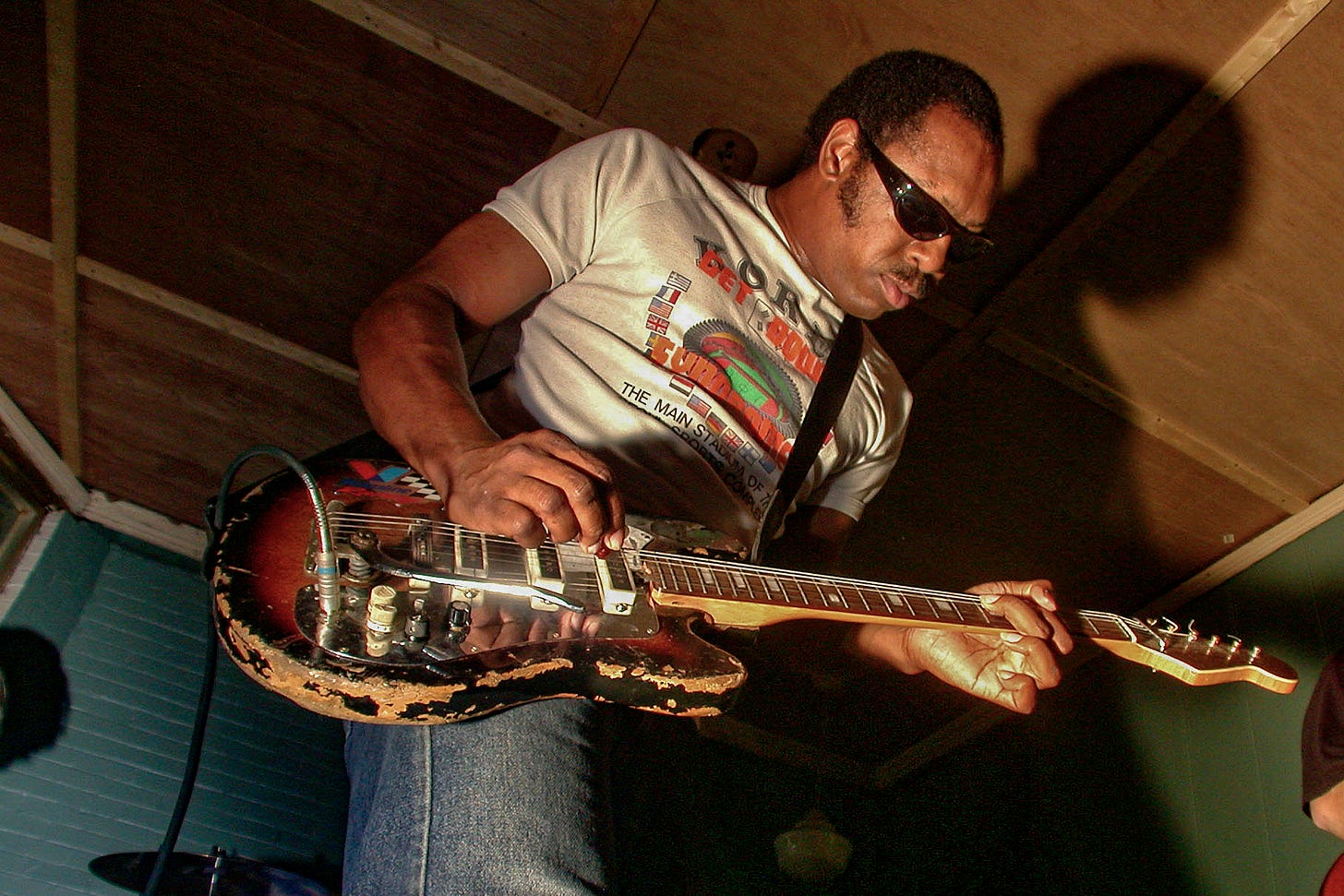

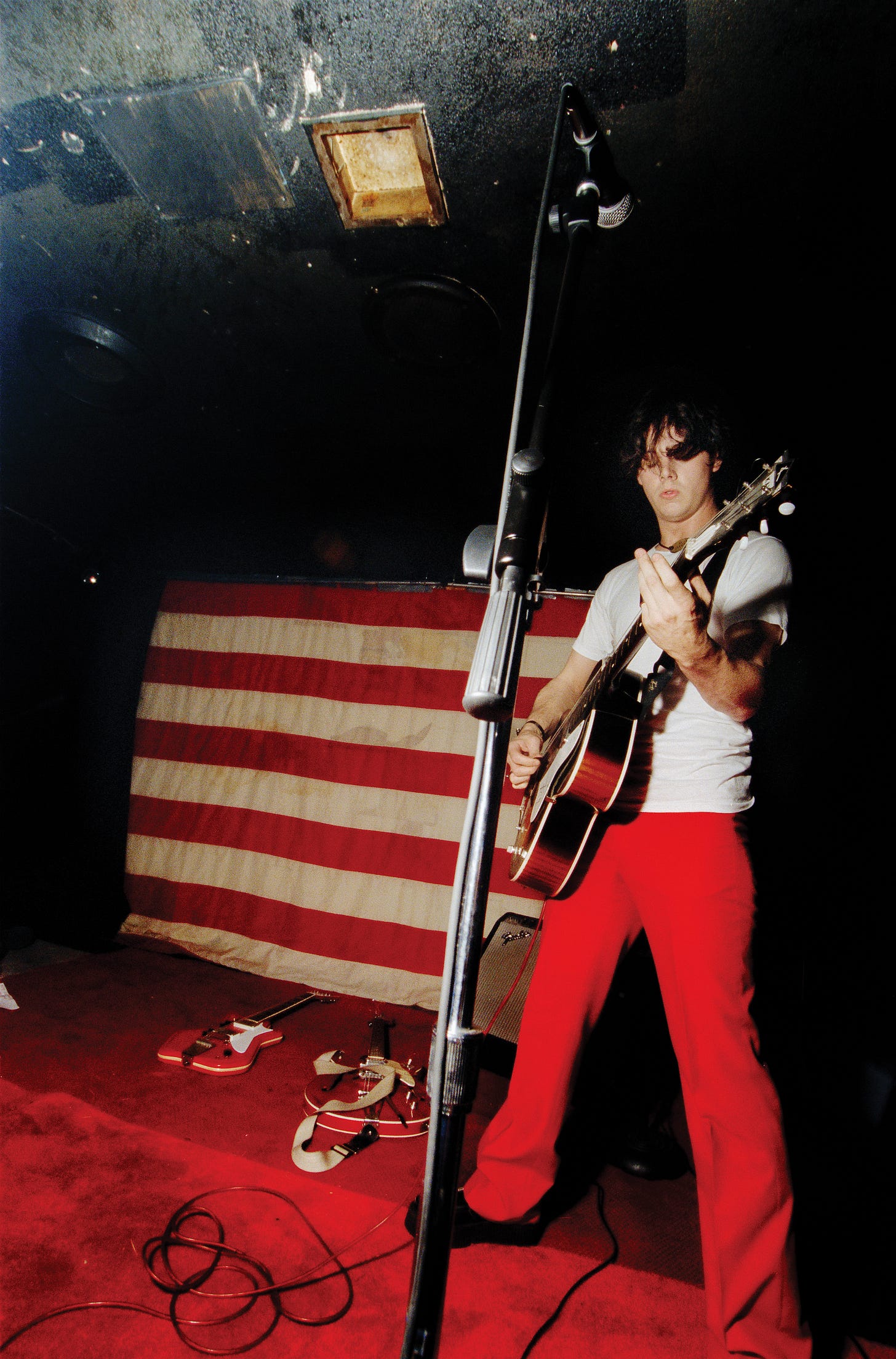
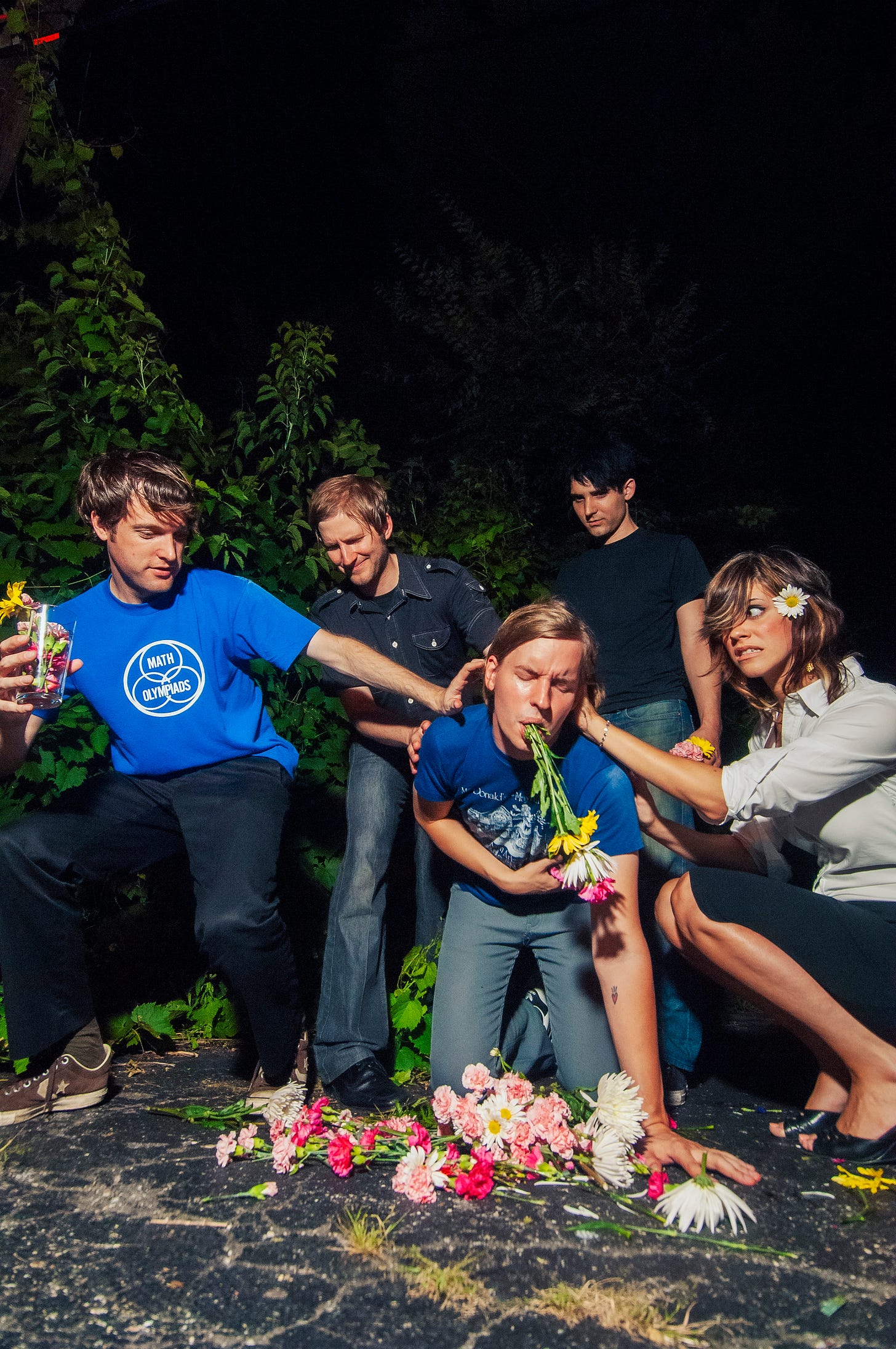

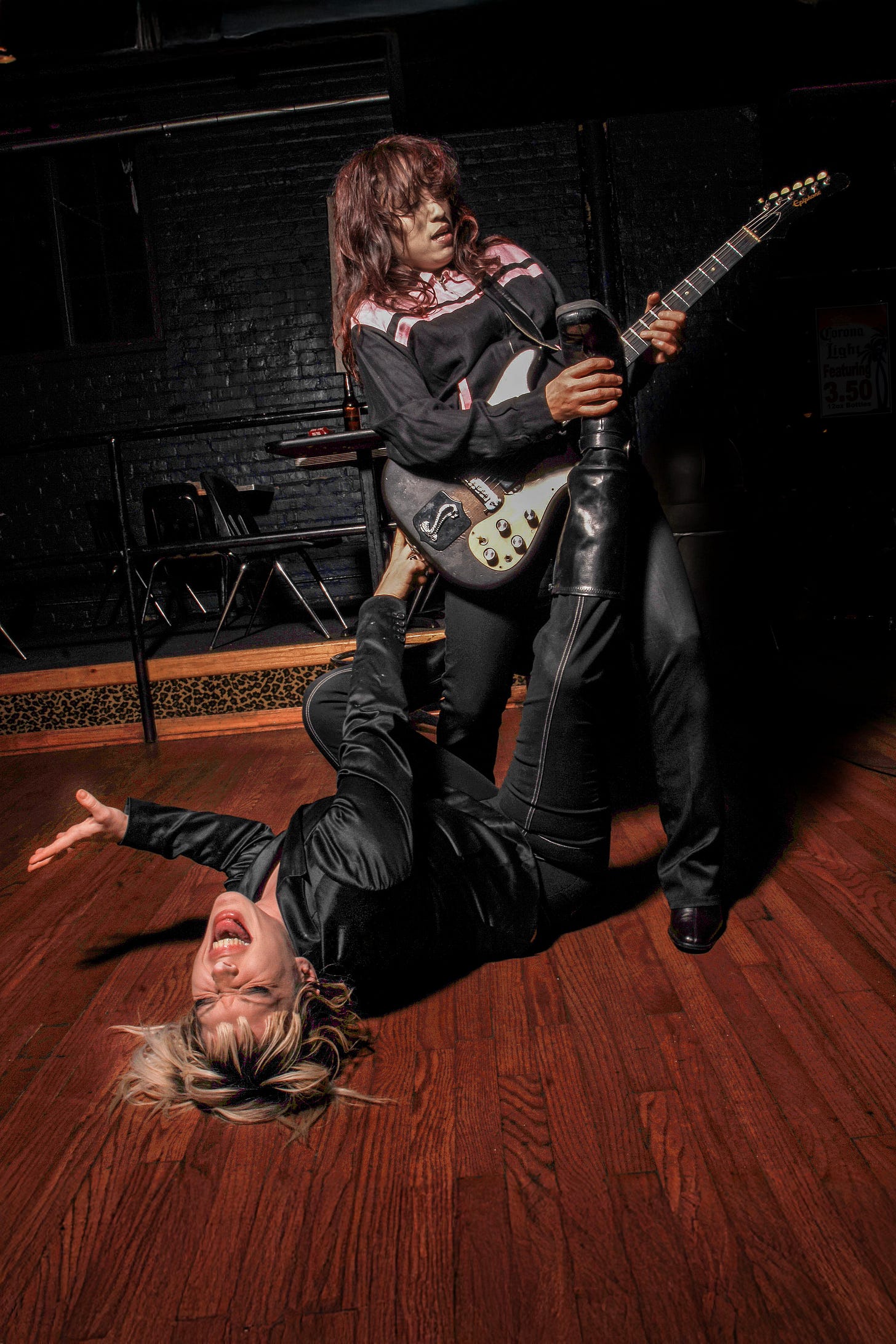
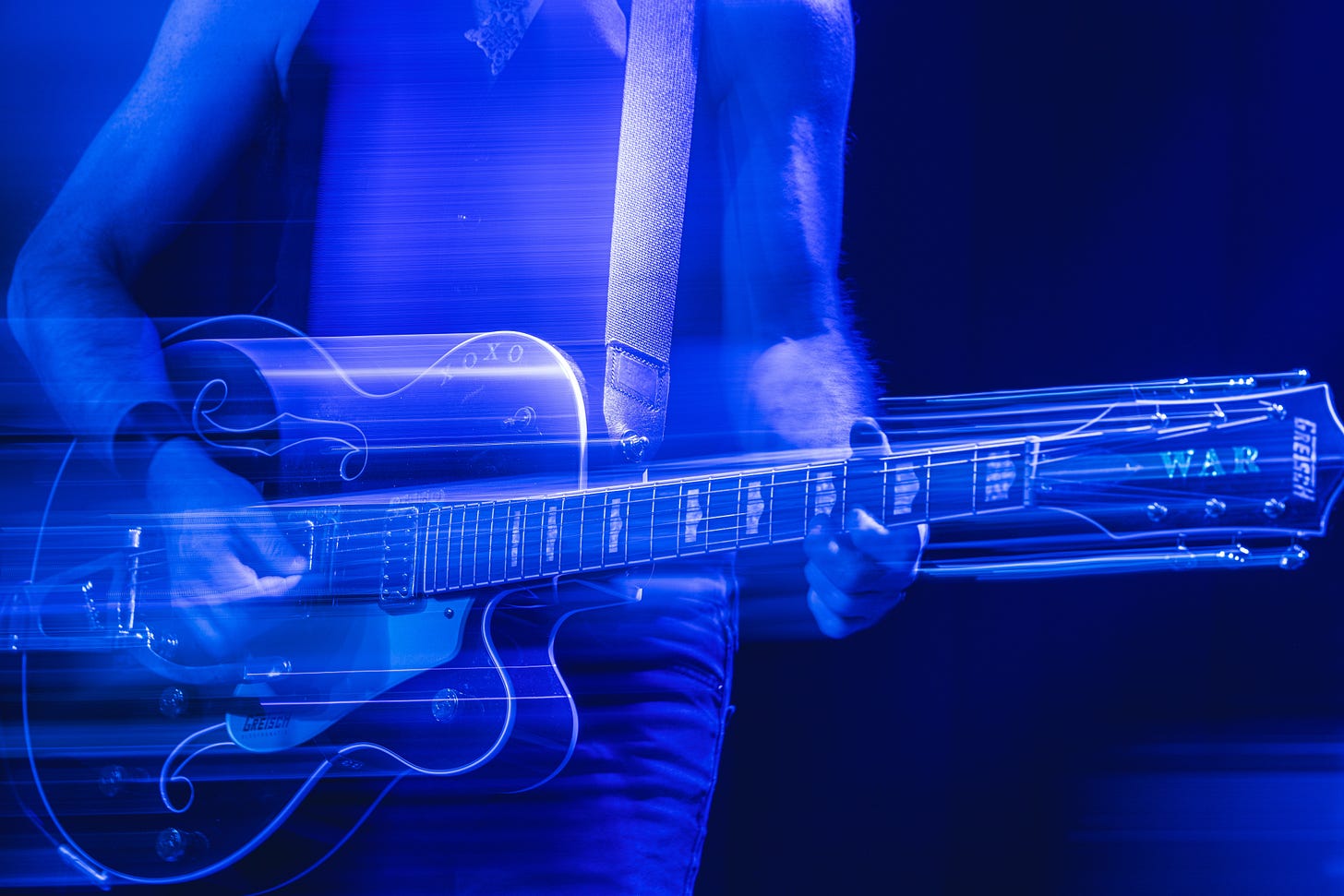
Incredible photos and fun to read the back stories! I'm excited to check out the exhibit
Fabulous article and art exhibit. I went to the opening—it is an immersion in history, music, Michigan, fabulous art.